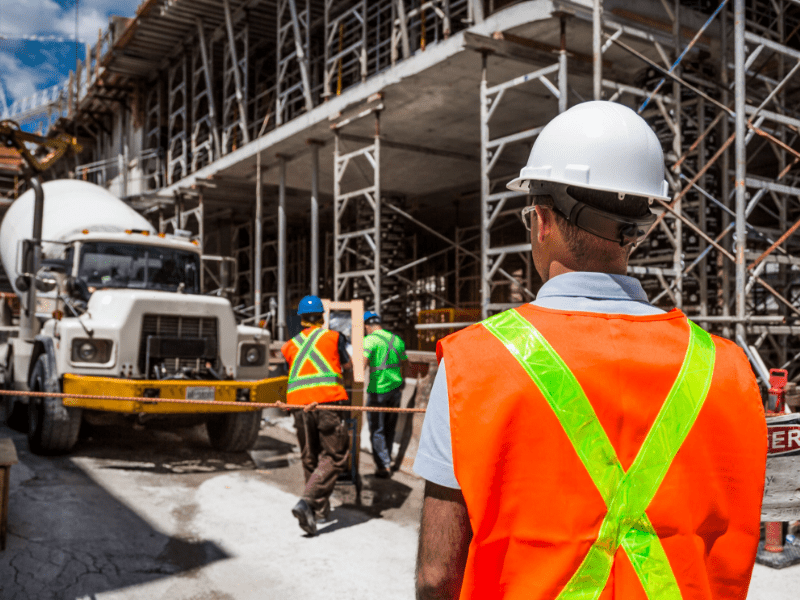Construction
Smithers offers a wide range of services relating to materials and components used in the construction industry, providing advice on initial planning, performance, material selection, and life prediction.

We speak to Smithers polymer experts about using plastics and rubbers in construction projects; the challenges faced, key considerations and the testing processes involved to mitigate risk and ensure suitability.
There will be hundreds of materials utilised in construction projects, depending on the requirements of the component or structure. The obvious ones are concrete, metals and glass, but plastics and rubbers are also widely used in installations such as cladding, pipe systems and paints.
A prime consideration is compatibility; is the material durable enough to withstand the elements it will face and the requirements of its end-use environment over its entire service life?
Following a material selection exercise a range of physical tests will help characterise the material, and determine whether it’s suitable for use in a construction environment.
As plastics and rubber specialists, the range of projects we’re commissioned to work on varies widely – from plastic pipe systems toplastic glazing panels. We’re capable of assessing everything from small samples sent to us for expert analysis and investigation, to making on-site assessments.
Our expert team can provide support across the product development chain; from design through to failure or even technical dispute resolution investigations.
The consequences of a failure within this industry can have widespread ramifications; from small scale failures in the home to potentially catastrophic installation failures with significant damage and financial loss. As an example, our previous experience in pipe system failure investigations for this sector shows that they originate from a number of sources, typically:
The performance of many plastic and rubber materials depends on the environmental conditions of its end-use environment; these will affect the long term behavior of the material and influence product life. It’s therefore critical to consider long term properties – and account for the expected environmental factors – at the design stage of a construction project.
Find out more about how Smithers can support your construction projects.